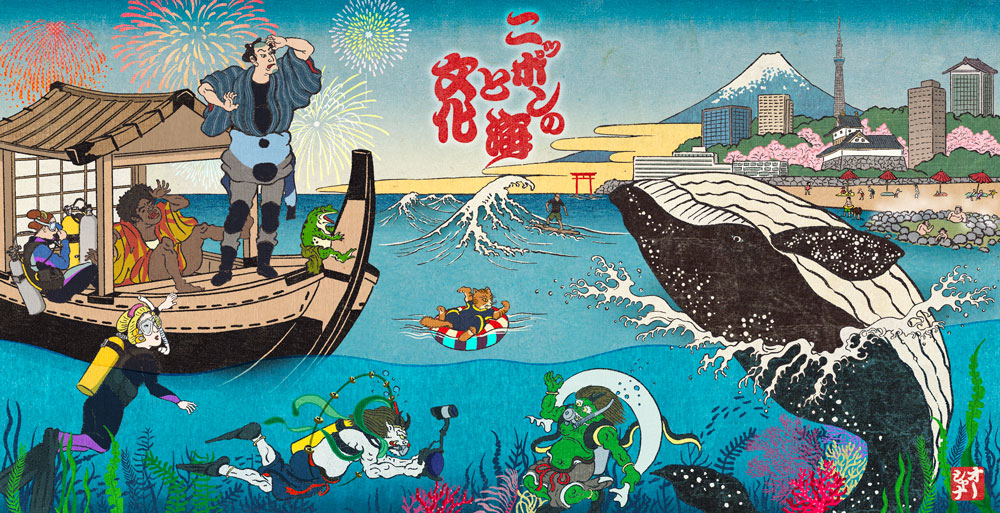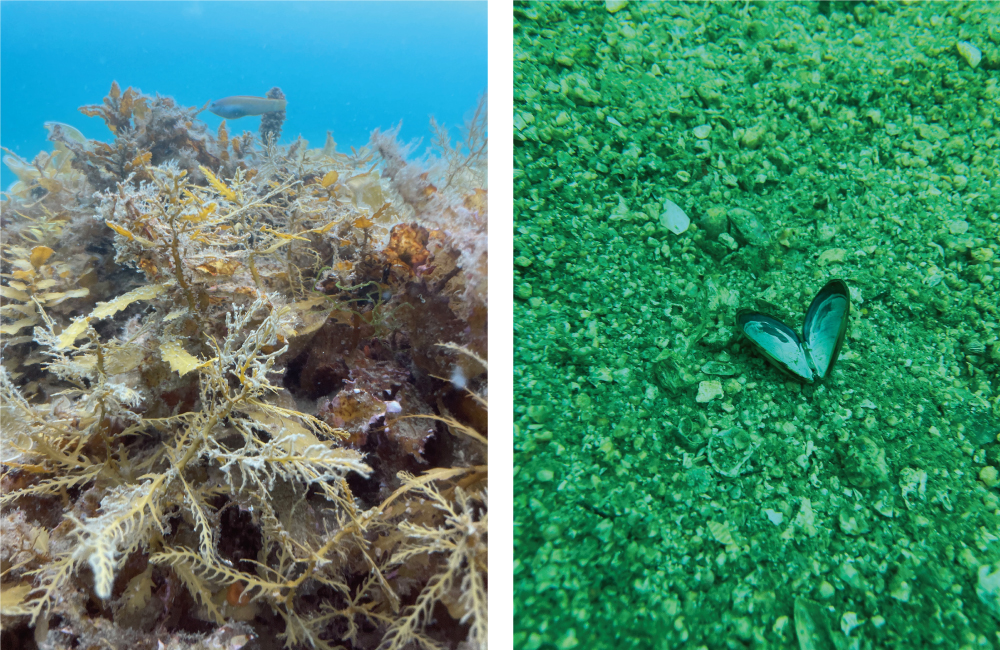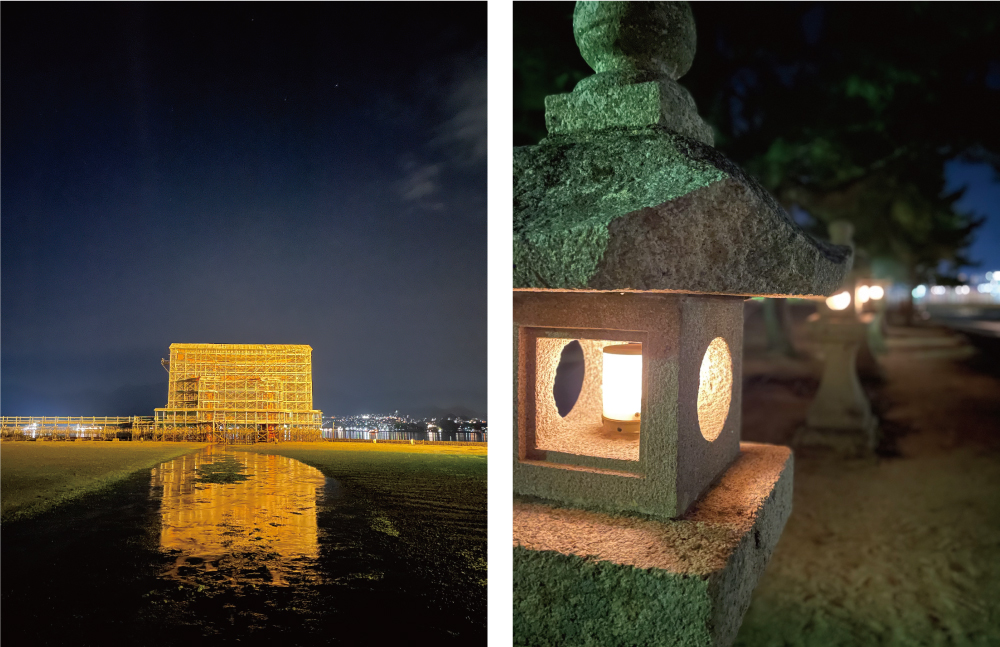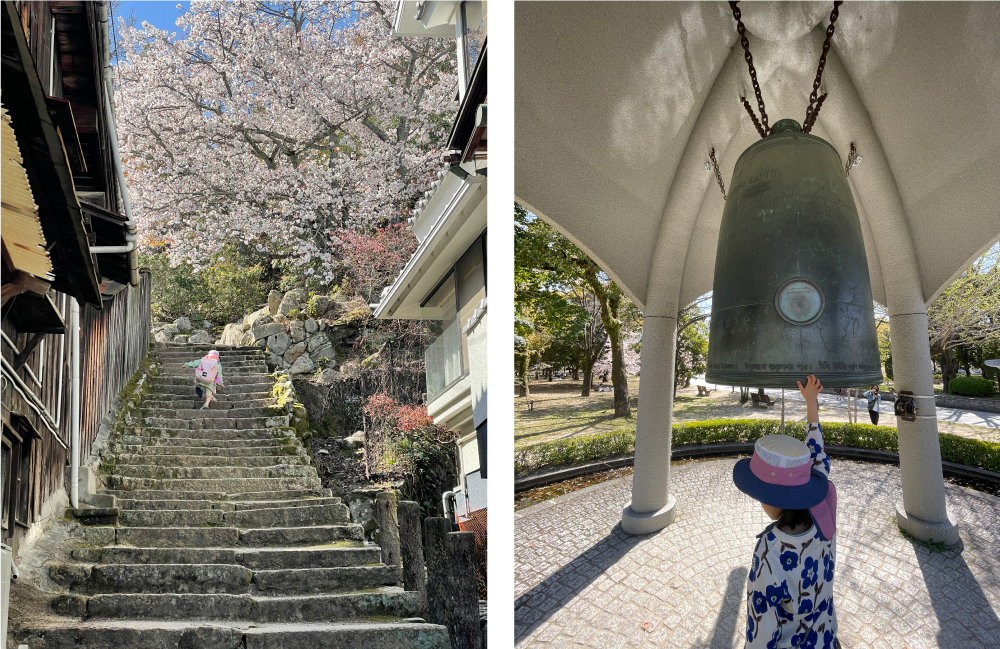Nippon, the Sea, and Culture. The impetus for starting this project came from the realization that I myself did not really understand the value of Japan’s water resources. Therefore, I would like to share my impressions and new discoveries through the trip as “Nippon to Umi to Bunka (Sea and Culture of Japan): A Postscript,” looking back on the trip from my perspective as the initiator of this project.
The starting point of “Nippon no Umi to Bunka” (The Sea and Culture of Japan)
This year marks the 20th anniversary of my registration as a diving instructor. In fact, I have not dived in so many oceans as to be able to say that I have dived in many oceans as an instructor. If anything, as a diving instructor, I have spent most of my time teaching diving skills and knowledge through C-card training to people who are just starting to dive.
And during that time, my desire to “further prove the value of the diving instructor profession” grew stronger. To this end, I have expanded my activities beyond being an instructor to include media management, environmental business, regional development, and many other ocean-based activities.
As I came into contact with more and more people and the sea through my activities, I came to realize that there is still great value in Japan’s seaside areas, and I wanted to communicate the value of the sea in a way that only Oceana can do.
The key visual of Japan’s sea and culture is this ukiyoe painting, which conveys the image of what Japan should aim for by making use of the value of the sea.

Why was the first story “Hiroshima”?
We chose Hiroshima for the first story out of many possible locations. There are many reasons, but one of the most important reasons was that it is a place that can demonstrate the value of the sea, which has yet to be discovered, in “Japan as seen by people around the world” and “Japan as seen by Japanese people.
Hiroshima reminds me of the Atomic Bomb Dome and Miyajima. It has been 78 years since the end of the war. The burnt-out city of Hiroshima is now a thriving city of one million people, and boats connect the Motoyasu River next to the A-bomb Dome to the sea at Miyajima.
Many rivers flow through the city, creating a connection between the sea and the city, and it was very strange to see the sad memories of the past and the bustle of the present coexist. The city has developed from the damage caused by the atomic bombings and the despair of defeat. What had happened in just 78 years?
And the unchanging sea there still produces the tides of Itsukushima Shrine, which is as beautiful and diverse as it has been for a long time. What has remained the same, what has changed, what has been changed, and how should it be connected to the future? With the expectation of many encounters, my first visit to Hiroshima began as a trip for this important project.

Transformation of the Image of Hiroshima
I had only a vague impression of Hiroshima: Atomic Bomb Dome, Itsukushima Shrine, Hiroshima Toyo Carp, okonomiyaki (Hiroshima-yaki), oysters, Mazda…and so on.
However, I was in Osaka when I started diving, and my passion at that time was shipwrecks. I had never been there, but I had known for a long time that there was a big battleship called Battleship Mutsu sunk in Hiroshima and that there were dives where you could go and see it.
I had also heard that the bay was a suitable site for seaweed bed restoration, one of my recent activities, and that the seaweed in Hiroshima Bay was still abundant. And the fact that Itsukushima Island can be seen immediately from the dive site, and that diving is possible in less than an hour from Hiroshima City, was a big draw for me.

Related article: Operable down to a depth of 60m! What is “DIVEVOLK,” a full touchscreen smartphone housing?
Commonality” of people we met in Hiroshima
I knew from the beginning that “people” would be the theme of this trip. I sent out a message on social media that I was going to Hiroshima for the first time and told my friends that I would like to be introduced to any people I should fit in with, which led to my being introduced to several locals. I also tried to choose the places I was planning to visit for interviews so that I could focus on the people as much as possible.
As I had hoped, I met many “people” on this trip that really made me fall in love with Hiroshima. I met people who connected me with many people in the area, people who promised to have dinner with me on the spot, and, of course, divers I met through diving. All of them have very memorable memories, but the one thing they all had in common was that “Hiroshima is number one. It is rare that I have felt such local love for a region. Many times during this trip, I heard people say to me, “Hiroshima is a nice place, isn’t it? I was told many times during this trip, “Hiroshima is a nice place, isn’t it? And they were right, it is a very nice place.
I am more interested in Hiroshima when I am told that Hiroshima has the best okonomiyaki in the world or that Hiroshima is the most beautiful city in the world than when I am told that there is nothing to see in the city or that Hiroshima is the only place I can see such things.
But I wonder if divers are the only ones who shyly introduce the sea of Hiroshima…. I am sure that was a humble attitude toward a world-class photographer like Mr. Kagii. Beyond my expectations, the sea of Hiroshima was very rich. The diversity of seaweed and other living creatures was also very rich. The calm water, the independent diving style of the Hiroshima divers, all were very refreshing.
In addition, I think it is hard to find such a wonderful location in Japan where you can go sightseeing at Itsukushima Shrine or in Hiroshima City before evening after diving with so much to see and do. After diving, we could see the shrine at dusk at Itsukushima, and we could also have a beer while walking around the vicinity of the Atomic Bomb Dome and other places.


In fact, I had been struggling with it for a long time. After the release of the first episode
There were many moments when I was glad we chose Hiroshima for the first episode. As I had expected, many of the locals made the sea a part of their lives, and above all, many of them loved to “play in the sea. I was very impressed to see SUPs and kayaks in the homes of Itsukushima residents.
When I explained to many people that we would start with Hiroshima, they all looked at me like, “The ocean in Hiroshima? I am sure that the “? I’m sure that will change to “! I’m sure that will change to “! The theme of this trip, and something Oceana values, is to “re-discover the true value of the sea and water, ” in other words, to create a perception change. Before delivering this work to the readers, I felt that we, the interviewers, had undergone a perception change.
And I am very glad that I allowed my daughter to accompany me on this trip. It was the first time for me to work on this project, and the first time for me to work with a news crew. I wondered whether I would be able to take her along until the very end, but I was able to make it happen with the great cooperation of Mr. Kagii and the other staff members.
I am sure that for her, this time in Hiroshima was a fun memory. I would like to take her on a trip with me to reacquaint herself with the history of Hiroshima once more when she is able to understand a little more about it. Even so, I could feel her growth and purity as she voluntarily put her hands together in front of the cenotaph, ran up the stairs at Itsukushima, and pushed her face against the tank at the aquarium with such force that I could feel her desire to go inside. It was also an eye-opening experience for me.


I am looking forward to my next trip. Nippon’s rich sea nurtures a rich culture and produces rich people.
